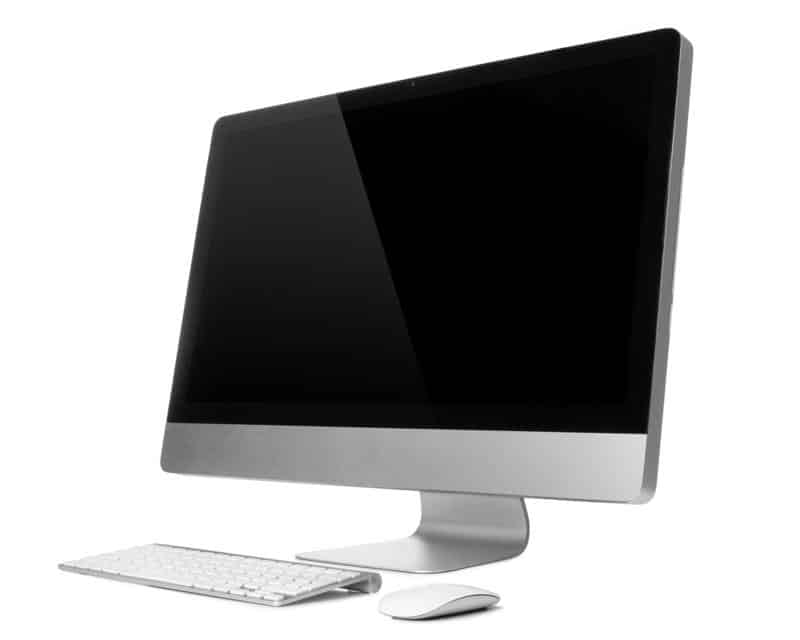Technology has always played a role in creating freedom within an organization, either by breaking down boundaries or by providing an avenue through which to reach new horizons. For a long time, the most innovative force in enterprise technology was the computer. When the first PC was introduced, it changed everything by making real computing power affordable and available to businesses and individual employees. The analysis made possible by PCs resulted in increased operating efficiency, faster innovation and dramatically improved client experiences. While computers are still the main focus of every organization, they no longer driving the freedom of innovation they once did. Cloud computing, however, has taken up the mantle, and has changed the face of enterprise IT in much the same way PCs did when they were first introduced. Businesses can learn from their own IT history and put the cloud to work for them the way they did with PCs in the following three ways:
“Cloud computing has changed the face of enterprise IT.”
1) Embrace the freedom to build
One of the reasons PCs became so popular so quickly was because they offered employees the ability to build applications, which freed them from the practical constraints of the IT department. Each user was able to pursue his or her own ideas independently and follow the ones that would make the biggest difference to the company. Any technology that expands a user’s possibilities is unstoppable, and cloud enables the same freedom as PCs before it.
Before the cloud arrived, innovative employees who wanted to create a new application to improve operating procedures had to go through an endless series of steps to get approval before anything could move forward. Now the cloud puts a massive number of resources right at users’ fingertips, allowing them to create, test and distribute programs that may never have gotten made otherwise.
 The cloud is poised to change the enterprise the same way PCs did in the ’80s.
The cloud is poised to change the enterprise the same way PCs did in the ’80s.2) Focus on the value of data
One of the biggest benefits PCs offered businesses in the ’80s and ’90s was the ability to gather and use data at a level previously unheard of. Now, the cloud offers businesses a similar opportunity. Not only can massive amounts of data be created through countless apps and services, but an even greater amount can be collected and analyzed through those same features to offer insights into business processes and operations.
As a recent Forbes article noted, “This changes the way IT practitioners and leaders need to think about IT. Now it’s not just about building and running data centers. It’s about marshaling tools and applications that acquire, transform, apply and protect the data that runs the organization.”
3) Recognize the power to disrupt
After PCs crashed onto the tech scene in the early ’80s, network storage systems followed closely behind. After that, PC technology moved into the data center and created even more innovations. PCs quickly became a dominate force in the data center, fundamentally changing the economics of how they were built and operated. Now cloud is here to usher in the next wave of data center disruption.
Cloud is poised to create a deep and lasting impact on the future of IT. Hybrid cloud especially is becoming a defining trend. The majority of enterprises around the world are already using multiple cloud environments for at least part of their IT workloads, changing the way people think about data.
The bottom line is that the cloud won’t be going anywhere anytime soon, and organizations would do well to look at the examples set by earlier disruptive technologies and apply them now to make the most out of their technological investments.
